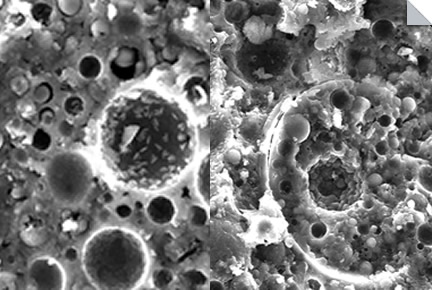Effectiveness of calcium nitrate inhibitor (CNI) in cracked concrete
DOI:
https://doi.org/10.4067/S0718-50732009000300002Keywords:
Calcium nitrite, concrete cracking, corrosion, corrosion current densityAbstract
The effectiveness of calcium nitrite based corrosion inhibitor as a prevention method of steel reinforcing bars embedded in cracked concrete slabs was investigated. A factorial design was developed to evaluate the effect of cracking in concrete considering crack width and water-to-cement ratio as factors. Then, the effect of a constant dosage of 25 L/m3 of Calcium Nitrate Inhibitor (CNI) on different crack sizes for 0.4 w/c ratio concrete was evaluated. The response was the corrosion current density using linear polarization resistance of small-scale concrete slabs containing steel reinforcement with a cover depth of 20 mm. The slabs were exposed to a natural marine environment during five years with two cycles of wetting and drying per day at the Fundy Bay, Maine, U. S. A. The specimens were also visually inspected on regular basis and the surface damage was recorded. It was found that for most of the cases the use of CNI inhibitor was beneficial in both uncracked and cracked concrete.


